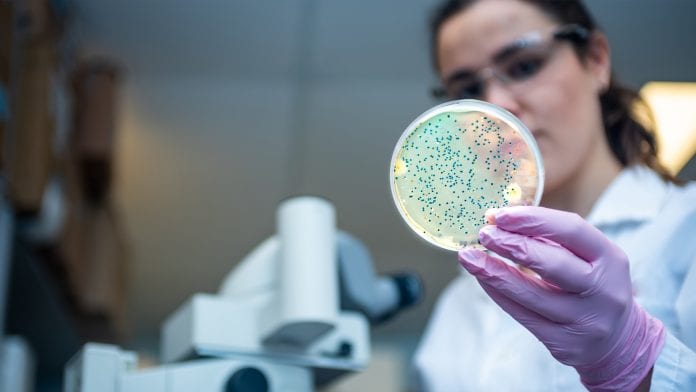
Researchers have created an innovative method for combatting antibiotic-resistant bacteria that utilises microscopic molecular tweezers.
The team, led by scientists from the Ben-Gurion University (BGU), have manufactured a novel technique that employs molecular tweezers that target and eliminate antibiotic-resistant bacteria – one of the greatest threats to human health of the 21st century. Their research is published in Cell Chemical Biology.
The fight against antibiotic-resistant bacteria is an arduous battle for medical professionals worldwide, with potentially fatal bacterial infections becoming increasingly resistant to antibiotics, meaning this new molecular tweezer development could revolutionise the treatment of one of the planet’s most significant health risks.
Professor Raz Jelinek, from the Department of Chemistry at BGU, said: “Our discovery prevents infection without building up antibiotic resistance, and it might even be preferable to develop treatments based on molecular tweezers rather than antibiotics.”
Tackling Staphylococcus aureus
To examine the performance of the molecular tweezers, the team trialled them against Staphylococcus aureus (Staph) bacteria – one of the most prominent strains of bacterial infection in the world, with staph infections displaying a mortality rate above 25% and over 40% for drug-resistant strain in the US.
The molecular tweezers function by effectively targeting a thin layer of fibres that protect the bacteria called biofilm; the tweezers lock onto the fibres, gripping them and then terminating the protective layer. The tweezers ensure that resistance from the method cannot occur due to impairing the bacteria without directly attacking it.
Professor Jelinek said: “The tweezers are just like your home tweezers but a million times smaller, and instead of plucking hairs, they attack fibres of the bacteria’s biofilm. By doing that, they break the biofilm, making it more vulnerable to human immune defences and external substances that are used against bacteria like antibiotics.”
“The success of the study indicates an innovative direction of antibiotic treatments against pathogenic bacteria. We found that binding the tweezers to the biofilm disrupts its protective capabilities. Consequently, the bacterial pathogens become less virulent to the human body and more vulnerable to elimination by the immune system. This breakthrough may open up new ways to fight antibiotic-resistant bacteria.”
The team are optimistic that their method can be developed into a pill that contains millions of tweezers that can be ingested, which can identify biofilms in the body and break them down.










